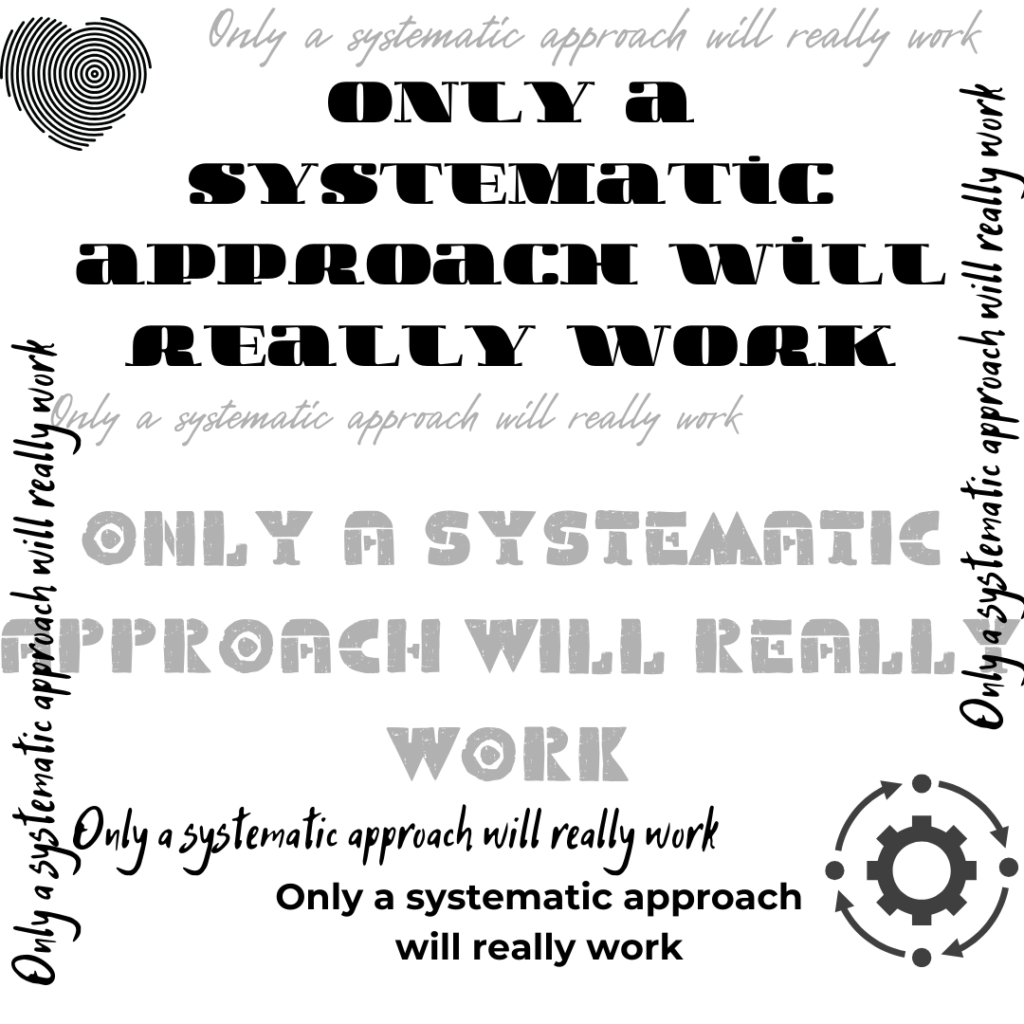
The Future of Digital Advertising: Trends to Watch
Digital advertising has come a long way since its inception, continuously evolving with technological advancements and changing consumer behavior. As we look toward the future, the digital advertising landscape is poised for even more transformation. With emerging technologies, new platforms, and shifts in consumer expectations, the future of digital advertising will be more personalized, immersive, and data-driven. In this article, we will explore the key trends to watch in digital advertising and how they will shape the industry.
The Rise of Artificial Intelligence and Machine Learning
Artificial intelligence (AI) and machine learning (ML) are already making waves in digital advertising, but their role will only grow stronger in the future. AI is increasingly used to automate and optimize ad campaigns, analyze vast amounts of data, and predict consumer behavior. In the coming years, AI-driven technologies will enable advertisers to create highly personalized, real-time campaigns that are far more effective than traditional methods.
For example, AI can analyze user data and tailor ads to individual preferences, making it possible to deliver the right message at the right time. Machine learning algorithms will also become more adept at predicting which ads will resonate most with specific audiences, allowing advertisers to optimize their spend and improve ROI.
Programmatic Advertising Will Continue to Dominate
Programmatic advertising, which uses algorithms to buy and place ads in real time, has already revolutionized digital advertising. As technology improves, programmatic advertising will only get smarter and more efficient. In fact, it is predicted that a significant portion of digital ad spending will be dedicated to programmatic advertising in the coming years.
What makes programmatic so powerful is its ability to target the right audience based on data-driven insights. Advertisers can serve ads to specific segments of users based on their browsing behavior, demographics, interests, and more. With enhanced automation and more advanced targeting options, programmatic advertising will continue to grow, enabling advertisers to reach the right person at the optimal moment.
Voice Search and Smart Speakers
As the adoption of voice-activated devices like Amazon Echo, Google Home, and Apple HomePod continues to grow, voice search is becoming an important trend in digital advertising. More and more consumers are using voice search to find products, services, and information, which presents a unique opportunity for advertisers to target users through voice-enabled platforms.
In the future, advertisers will need to adjust their strategies to accommodate voice search, optimizing content for voice queries and developing new ad formats for voice-based platforms. Voice search will also drive the need for advertisers to create more conversational and natural-sounding ads, ensuring that they align with the way users interact with voice technology.
The Explosion of Video Advertising
Video content has been one of the most engaging and effective forms of digital advertising in recent years, and its popularity is only expected to grow. Video ads, whether they’re displayed on social media, streaming platforms, or websites, allow brands to tell their stories in more dynamic and immersive ways. With the rise of mobile devices, short-form video content (such as TikTok, Instagram Stories, and YouTube Shorts) has become an essential part of digital advertising strategies.
In the future, video ads will become even more interactive, allowing viewers to engage directly with the content. For example, shoppable video ads, which allow users to make purchases directly within the video, will become more common. Additionally, augmented reality (AR) and virtual reality (VR) technologies will play an increasingly significant role in creating immersive video advertising experiences.
Augmented Reality (AR) and Virtual Reality (VR) in Ads
Speaking of immersive experiences, AR and VR are two technologies that will shape the future of digital advertising. With the growing popularity of AR and VR in consumer experiences, brands are beginning to experiment with these technologies to create more engaging and interactive ads.
Imagine trying on clothes virtually through an AR app, or experiencing a product demo in an interactive 3D environment through VR. As these technologies continue to mature, advertisers will be able to offer consumers a more personalized and immersive ad experience that goes beyond traditional static images or even videos. As a result, AR and VR will play a critical role in creating memorable and interactive advertising experiences that drive deeper connections between brands and consumers.
Privacy and Data Protection Concerns
As digital advertising continues to rely on data to personalize ads and target audiences, concerns over privacy and data protection will grow. With regulations like the GDPR in Europe and similar privacy laws around the world, businesses will need to ensure that they are handling consumer data responsibly and transparently.
In the future, digital advertisers will need to strike a balance between personalization and privacy. Privacy-focused advertising methods, such as contextual targeting (where ads are shown based on the content of the page rather than personal data), will become more important. Additionally, companies will need to be more transparent about how they collect and use data, ensuring compliance with privacy regulations and gaining consumer trust.
The Growth of Ecommerce Advertising
As online shopping continues to surge, especially post-pandemic, digital advertising will become even more integrated with ecommerce platforms. Social media platforms like Instagram and Facebook have already rolled out shopping features, allowing businesses to sell directly through ads. This trend will continue to grow as advertisers leverage these platforms to create seamless shopping experiences for consumers.
In the future, more platforms will offer integrated shopping experiences, where users can view, engage with, and purchase products directly from ads without leaving the platform. Advertisers will need to adapt to this trend by creating highly engaging, shoppable ads that drive conversions while keeping the consumer experience seamless and enjoyable.
The future of digital advertising is exciting, full of opportunities to innovate and engage with consumers in new ways. From AI-powered campaigns and programmatic advertising to AR/VR experiences and privacy-conscious targeting, the digital advertising landscape will continue to evolve rapidly. As technology advances and consumer expectations shift, brands that stay ahead of these trends will be best positioned for success. For marketers, the key will be to embrace these innovations while maintaining a focus on creating meaningful and personalized experiences for their audience.
